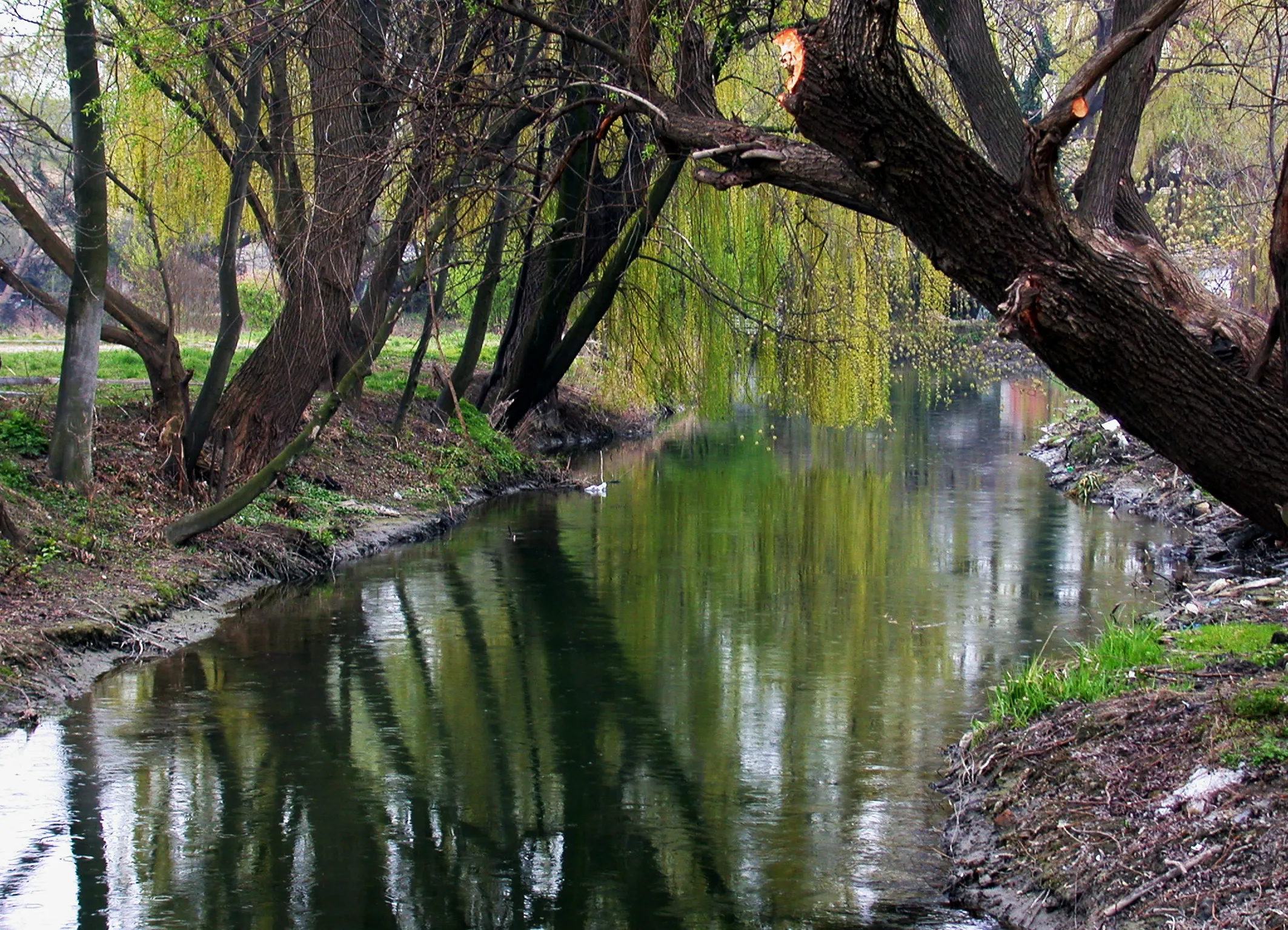Protecting the biodiversity of forests
Logging for tropical species and expanding large-scale agricultural activities in Asia and Latin America are destroying hundreds of acres of endangered tropical rainforest every day. There is also a thriving international trade in illegally logged timber, with far-reaching environmental and economic consequences. To verify whether timber has been harvested sustainably, trustworthy information on the exact source of the wood is needed. International timber eco-certifications, albeit increasingly applied, are not always reliable because they sometimes lack such dependable information.
As part of its work to help preserve the biodiversity of forests, the IAEA offers training to its Member States on the use of nuclear and isotopic techniques for monitoring programmes, and provides them with reference materials that can help with determining the origin of products. To reinforce these monitoring programmes, the Agency also helps develop analytical methods and provides training on the use of stable isotopes that can be used to verify the geographical origin of imported wood.
The IAEA is also developing stable isotope wood standards to support such analytical techniques. Light element stable isotopes, particularly of hydrogen, carbon and oxygen, have long been employed to authenticate the origin of a variety of economically important organic materials. In the case of wood, its hydrogen isotopic composition reflects the characteristic hydrogen isotopic signal of rainfall in the location where the tree was grown.
